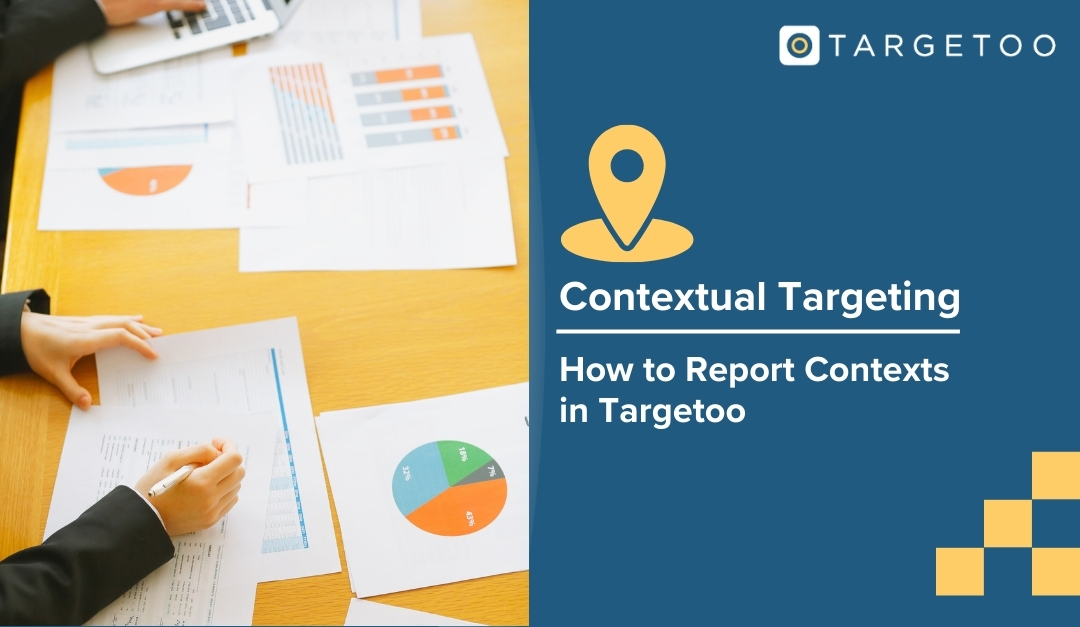Contextual targeting is a powerful tool, but to maximize its value, you need clear insights into performance. With Targetoo, reporting on contexts is simple and flexible, thanks to newly introduced drill-down variables that help you analyze which contextual segments are driving results.
Step-by-Step: Reporting Contexts
To measure and compare the effectiveness of different contexts used in your campaigns:
1. Access the Reports Section
Navigate to the Reports tab in your Targetoo dashboard.
2. Select Your Campaigns or Line Items
Choose the campaigns where you’ve applied context-based targeting.
3. Add Drill-Down Variables
To analyze context performance in detail, add relevant drill-down fields, such as:
-
Context Vendor (e.g., Peer39, IAS)
-
Context Category
-
Context Rule (e.g., “At least one”, “Mandatory”, “None”)
4. Use Filters if Needed
Narrow down your report to a specific timeframe, strategy, or vendor if needed.
5. Click ‘Refresh Data’
Once your configuration is ready, click Refresh Data to generate your report with updated information.
Using Multiple Context Vendors
If your campaign uses more than one context vendor:
-
Always include vendor-specific drill-downs in your report to differentiate performance across providers.
-
This will allow you to identify which vendor segments are more effective or cost-efficient.
Why It Matters
By reporting on contexts:
-
You gain visibility into how each segment performs across different environments (e.g., CTV, mobile).
-
It helps with budget reallocation and optimization by identifying high-performing segments.
-
You ensure that contextual targeting delivers ROI without relying on user IDs or third-party cookies.

